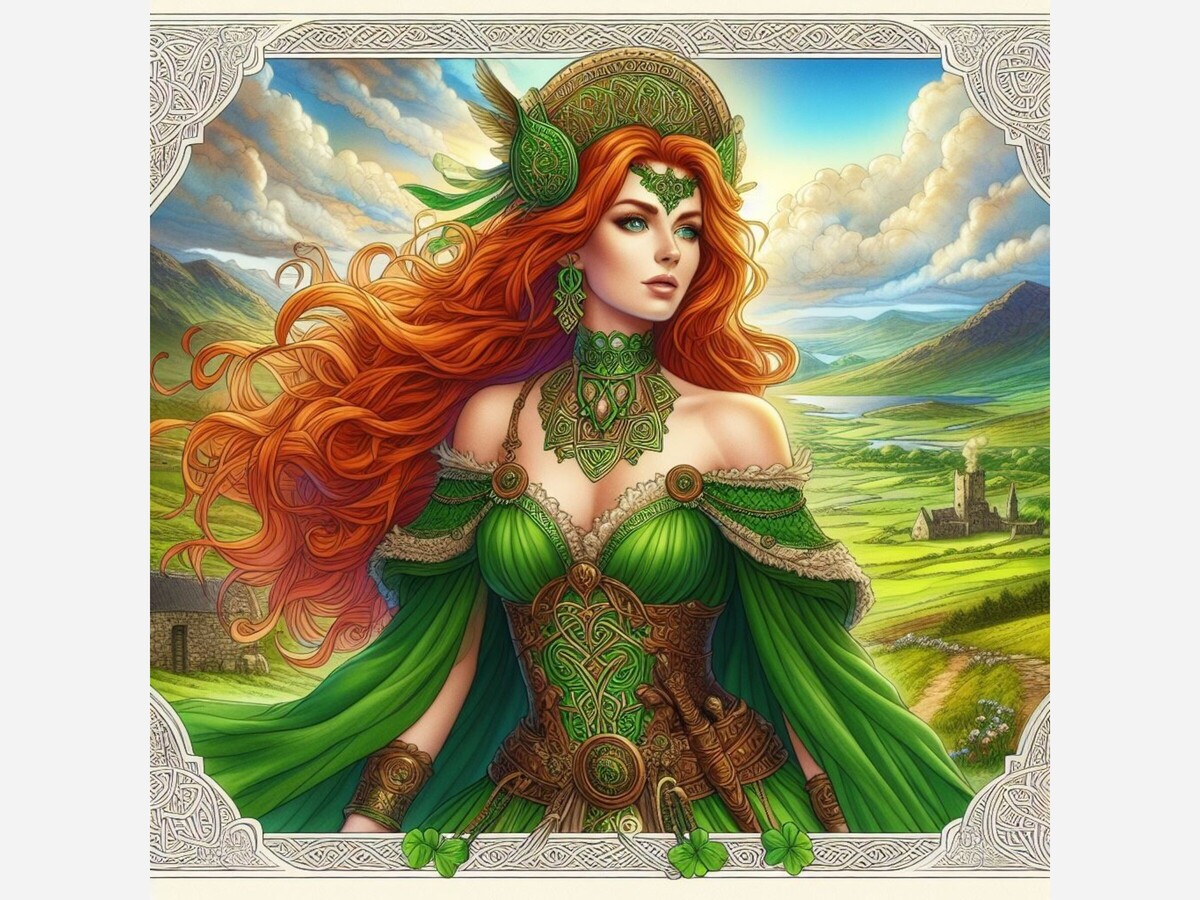Image

By Dr. Anton Anderssen
March is Women’s History Month, a chance to recognize women's varied, and often under-recognized, accomplishments throughout history.
Medieval Ireland, spanning roughly from the 5th to the late 15th century, was a complex and dynamic society with its own set of influential women. While detailed historical records from this period are scarce, some women stand out for their roles in politics, culture, and religious life. Here are a few women who made notable contributions during medieval Ireland:
Gormlaith ingen Murchada (c. 960–1030): Gormlaith was a powerful figure during the Viking Age in Ireland. She was married to two High Kings of Ireland, Niall Glúndub and Brian Boru, and was also linked to Sitric, the Viking King of Dublin. Gormlaith's life and actions played a role in the complex political landscape of medieval Ireland.
Medb (Maeve): Medb is a legendary queen in Irish mythology, particularly associated with the Ulster Cycle. In the epic Táin Bó Cúailnge (Cattle Raid of Cooley), she is a central figure who leads her forces in a quest for the Brown Bull of Ulster. Although a mythological character, Medb symbolizes the powerful and assertive qualities attributed to certain women in medieval Irish narratives.
Derbforgaill (fl. late 11th century): Derbforgaill was the wife of Tigernán Ua Ruairc, a prominent king of Bréifne. She became known for her beauty and intelligence. After being abducted by Domnall Ua Lochlainn, a rival king, she managed to secure her release and, later, played a role in diplomatic efforts between her husband and other rulers.
Gormlaith of Leinster (c. 1030–1070): Often referred to as Gormlaith of Leinster to distinguish her from other Gormlaiths, she was the daughter of Murchad mac Finn, the King of Leinster. Gormlaith was married to three different High Kings of Ireland, including Brian Boru. Her life reflects the intricate political alliances and power struggles of medieval Ireland.
Hildegard of Bingen (1098–1179): While Hildegard of Bingen was not Irish, she was a notable figure in medieval Europe and her influence extended to Ireland. A Benedictine abbess, mystic, composer, and philosopher, Hildegard's writings and musical compositions had a lasting impact on medieval European culture, including Ireland.
Saint Brigid (c. 451–525): Saint Brigid is one of Ireland's patron saints, and her importance extended beyond the medieval period. Associated with Kildare, she founded a monastic community that became a center of learning and spirituality. The annual feast day of St. Brigid on February 1st is still celebrated in Ireland.